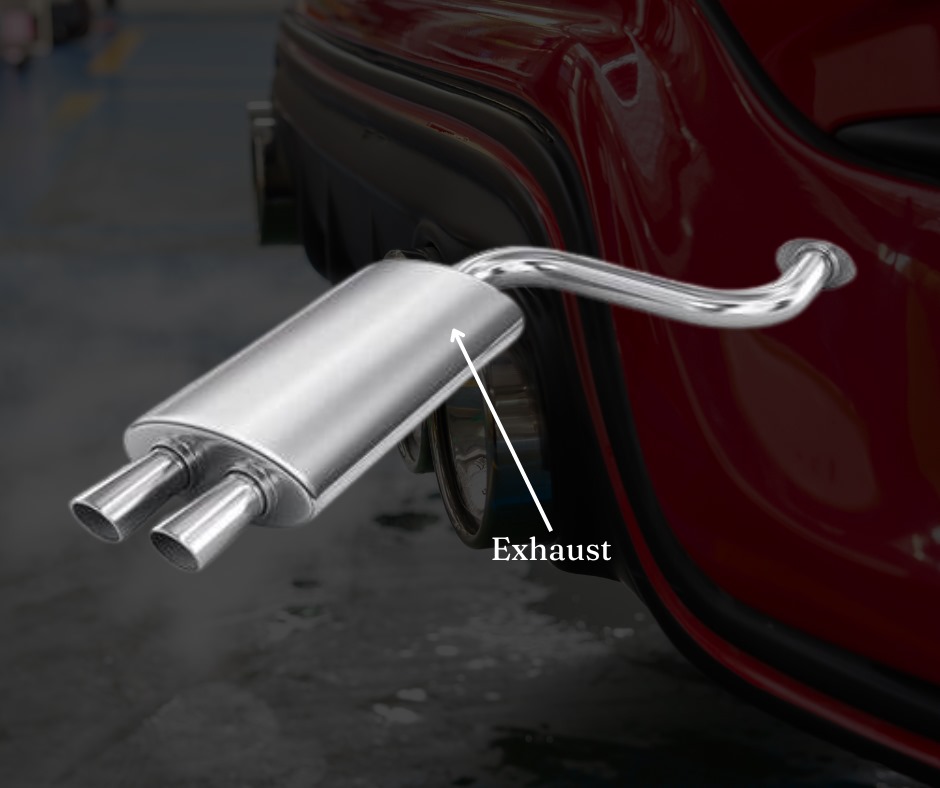Understanding How the Car Exhaust System Works and Its Differences in Hybrid Cars

The exhaust system in a car plays a crucial role in ensuring the engine runs smoothly and efficiently while minimizing environmental impact. It comprises several components that work together to expel and treat the exhaust gases produced during combustion.
The system begins with the exhaust manifold, which collects gases from the engine's cylinders and funnels them into a single pipe. Oxygen sensors monitor oxygen levels in the exhaust gases, helping the engine control unit (ECU) adjust the air-fuel mixture for optimal combustion. The catalytic converter then reduces harmful emissions by converting pollutants like carbon monoxide, hydrocarbons, and nitrogen oxides into less harmful substances through a chemical reaction. The resonator and muffler work together to reduce noise, with the resonator canceling specific sound frequencies and the muffler dissipating sound waves. Finally, treated exhaust gases are expelled through the exhaust pipe.
Hybrid cars, which combine an internal combustion engine (ICE) with an electric motor, have differences in their exhaust systems. Reduced exhaust gas volume is a key difference, as hybrids can run solely on electric power at lower speeds, resulting in fewer exhaust gases. Engine start-stop technology, which turns off the ICE when the car is idle, requires a more robust exhaust system to handle frequent temperature changes. Hybrids may also have smaller or simplified exhaust systems due to less reliance on the ICE. Additionally, regenerative braking reduces the load on the ICE, further lowering exhaust production.
In summary, while the traditional car exhaust system manages and treats combustion gases, hybrid cars feature modified exhaust systems due to their dual power sources, contributing to their efficiency and environmental benefits.

 Loading..
Loading..